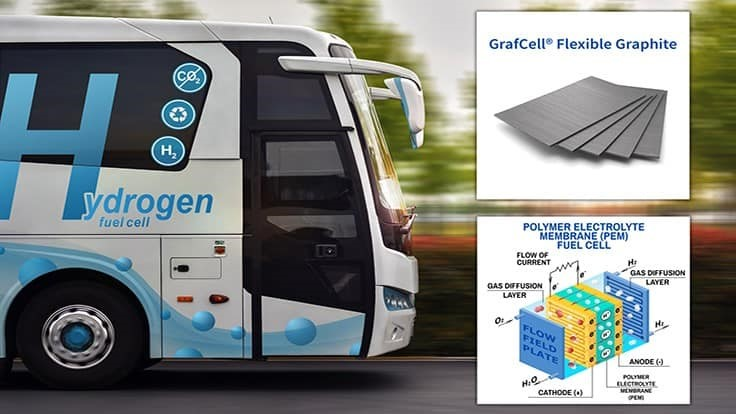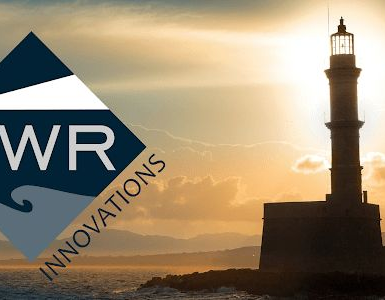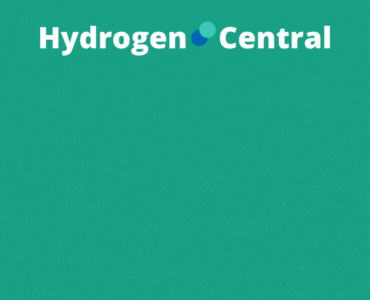NeoGraf Solutions wins $2 million grant from US Department of Energy for fuel cell development.
NeoGraf Solutions, a leading developer and manufacturer of high-performance natural and synthetic graphite sheets, rolls and powders, has been awarded a $2 million grant from the U.S. Department of Energy (DOE) for the development of graphite bipolar plates for heavy-duty fuel cell applications. The NeoGraf proposal was among 31 projects which received a total of $52.5 million to advance next-generation clean hydrogen technologies and support DOE’s recently announced Hydrogen Energy Earthshot initiative.
The grant will fund the technology advancement of low-cost, flexible graphite bipolar plates for heavy-duty fuel cell applications for the U.S. trucking and mass transportation industries. Bipolar plates are a key part of the electrical circuitry of the fuel cell stack. Currently, fuel cells are used in mass transportation/buses largely in China and in material handling vehicles/forklifts primarily in North America. The DOE goal is to expand the use of fuel cells in trucking/transportation applications.
Andy Reynolds, PhD and CEO of NeoGraf Solutions:
🔥 What about we co-host a webinar? Let's educate, captivate, and convert the hydrogen economy!
Hydrogen Central is the global go-to online magazine for the hydrogen economy, we can help you host impactful webinars that become a global reference on your topic and are an evergreen source of leads. Click here to request more details
This important award validates NeoGraf’s technology and its potential use in next-generation fuel cell materials
“Fuel cell technology is growing at an exponential pace as global environmental demands increase, requiring companies to keep pace with cutting-edge technology that enhances productivity and eliminates waste.”
To support the development of fuel cells for heavy-duty applications (i.e., trucking), the DOE is investing in promising technologies that expand hydrogen infrastructure and create fuel cell systems that are cost competitive at high-volumes.
NeoGraf’s proposal focuses on the development of flexible graphite that supports the cost targets and high-volume manufacturing requirements. The goal of the project is to significantly reduce the cost of bipolar plate graphite for next-generation heavy-duty fuel cell applications through the development of thin and durable flexible graphite. This represents a critical advancement in bipolar plate technology and substantial progress towards meeting 2030 system level heavy-duty truck targets of $80/kW system cost and 25,000-hour durability.
“The success of this project depends on our ability to produce low basis weight, thin flexible graphite with very low content of leak-inducing impurities,” said Reynolds.
The three-year project is expected to start in fourth quarter 2021. Ballard Power Systems, based in Vancouver, Canada, will participate as a partner and convert the NeoGraf graphite material into bipolar plates as well as demonstrate that the fuel cell stack performance meets the heavy-duty application requirements.
READ the latest news shaping the hydrogen market at Hydrogen Central
NeoGraf Solutions wins $2 million grant for fuel cell development, September 11 2021








